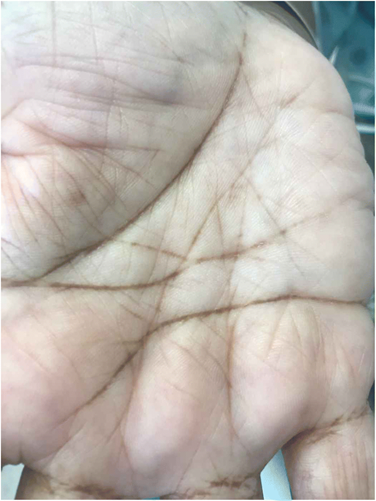A nurse manager is reinforcing teaching with a group of newly licensed nurses about the disclosure of client health information. A nurse can disclose health information without the client's written permission to which of the following entities?
An insurance agency offering a life insurance policy.
A family member who requests the client's diagnosis.
A physical therapist who is involved in the client's care.
An employer completing a pre-employment screening.
The Correct Answer is C
The correct answer is choice C: A physical therapist who is involved in the client's care.
Choice A rationale:
Disclosing health information to an insurance agency offering a life insurance policy typically requires the client's written permission due to the sensitive nature of the information being shared, including medical history and conditions.
Choice B rationale:
Revealing a client's diagnosis to a family member without written consent would violate the client's privacy rights. Health information is protected by privacy laws, and disclosure should only occur with the client's explicit permission.
Choice C rationale:
This is the correct entity to whom health information can be disclosed without the client's written permission. Health professionals who are actively involved in the client's care, such as a physical therapist, are considered part of the healthcare team and may need access to relevant health information for proper treatment.
Choice D rationale:
Disclosing health information to an employer completing a pre-employment screening generally requires the client's consent, as pre-employment screenings often involve sharing medical information that could impact the employment decision.
Nursing Test Bank
Naxlex Comprehensive Predictor Exams
Related Questions
Correct Answer is ["B","C","D"]
Explanation
The correct answer is choice b. Wash hands after removing gloves, c. Use antimicrobial hand gel after refilling a client’s water pitcher, and d. Clean the stethoscope with an antimicrobial wipe after obtaining vital signs.
Choice A rationale:
Placing immunocompromised clients in the same room can increase the risk of cross-infection among them. It is better to isolate them or place them in rooms with clients who have similar infection risks.
Choice B rationale:
Washing hands after removing gloves is crucial to prevent the spread of pathogens that might have contaminated the gloves during patient care.
Choice C rationale:
Using antimicrobial hand gel after refilling a client’s water pitcher helps to maintain hand hygiene and prevent the transmission of infections.
Choice D rationale:
Cleaning the stethoscope with an antimicrobial wipe after obtaining vital signs is essential to prevent the transfer of pathogens between patients.
Correct Answer is C
Explanation
The correct answer is choice C. Pallor with scaly skin.
Choice A rationale:
"Heart rate 89/min." Heart rate within the range of 60-100 beats per minute is generally considered normal for adults at rest. This value doesn't specifically indicate malnourishment.
Choice B rationale:
"Pink mucous membranes." Pink mucous membranes indicate adequate oxygenation and hydration but don't necessarily reflect nutritional status or malnourishment.
Choice C rationale:
"Pallor with scaly skin." Pallor (pale skin) along with scaly skin can be indicative of malnourishment. Malnourished individuals may not receive adequate n

Choice D rationale:
"Body mass index 23." A body mass index (BMI) of 23 falls within the normal range (18.5-24.9), so it doesn't necessarily indicate malnourishment. However, BMI alone may not fully capture malnourishment, as it doesn't consider other factors like muscle mass and specific nutrient deficiencies.
Whether you are a student looking to ace your exams or a practicing nurse seeking to enhance your expertise , our nursing education contents will empower you with the confidence and competence to make a difference in the lives of patients and become a respected leader in the healthcare field.
Visit Naxlex, invest in your future and unlock endless possibilities with our unparalleled nursing education contents today
Report Wrong Answer on the Current Question
Do you disagree with the answer? If yes, what is your expected answer? Explain.
Kindly be descriptive with the issue you are facing.
